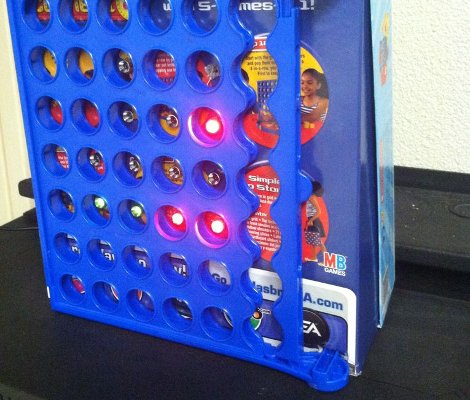We’ve seen lots of budget tri-copters, but $100 seems like a heck of a deal to us! Watching this video, you can see this home made tri-copter is incredibly agile and seems to handle quite well. Whats amazing is that [hallstudio] claims that it cost roughly $100. That price is really good compared to even the cheapest multi copters out there.
Much of the manufacturing cost associated with this kind of thing has been removed as the body is just cheap wood from the local hardware store. He even did an admittedly sloppy rig for his tail rotor, not that it looks like it has hurt his performance. One cool feature is the fact that you can fold the front arms backward, allowing for the tri-copter to be shoved into a bag for easy transportation.
You can find a complete parts list on his video, but it looks like maybe his cost doesn’t figure in the cost of the radio controller. There are no build instructions, but a quick google search leads us to the rcexplorer tricopter which seems to be the template he used. There are full build details there.
[via Hackedgadgets]















